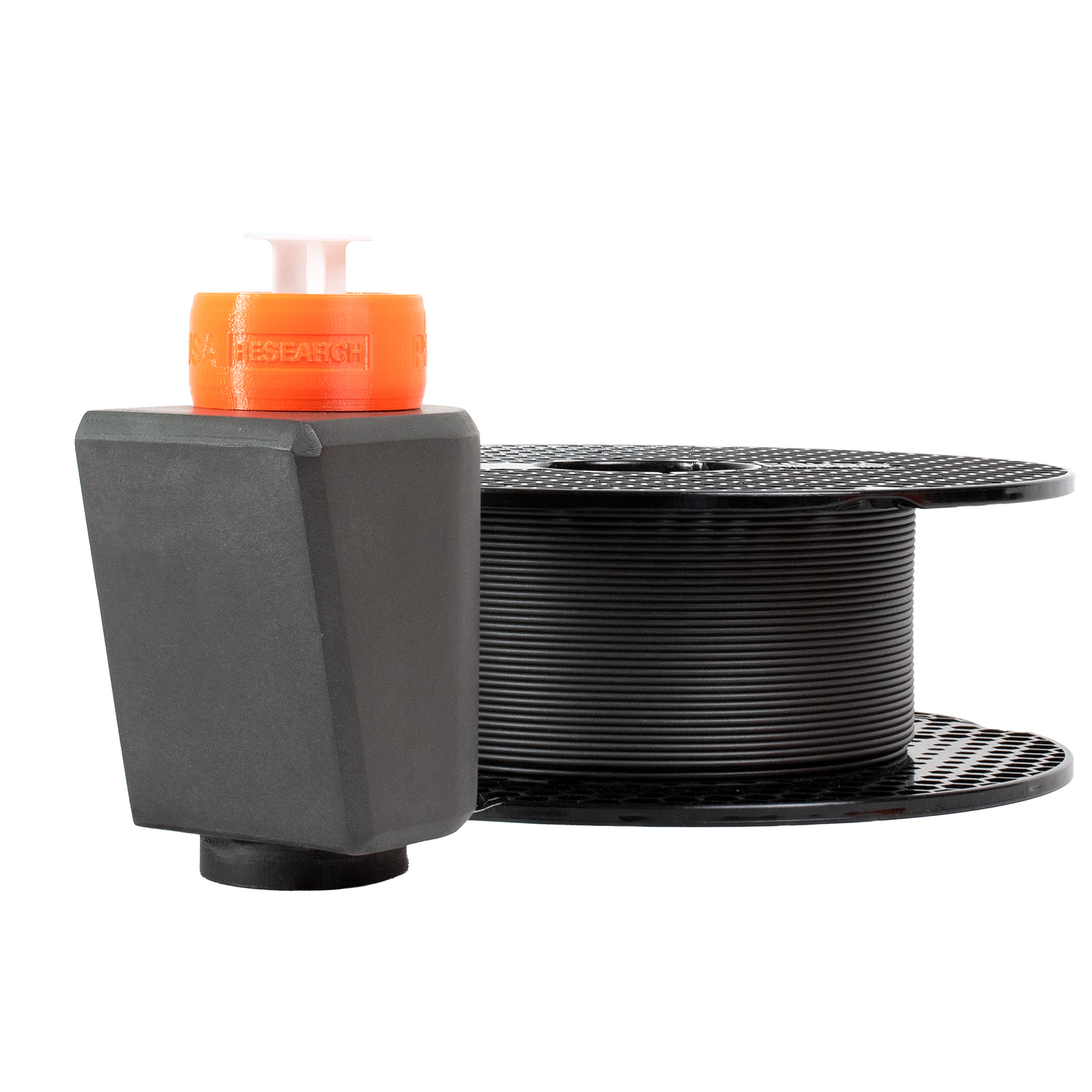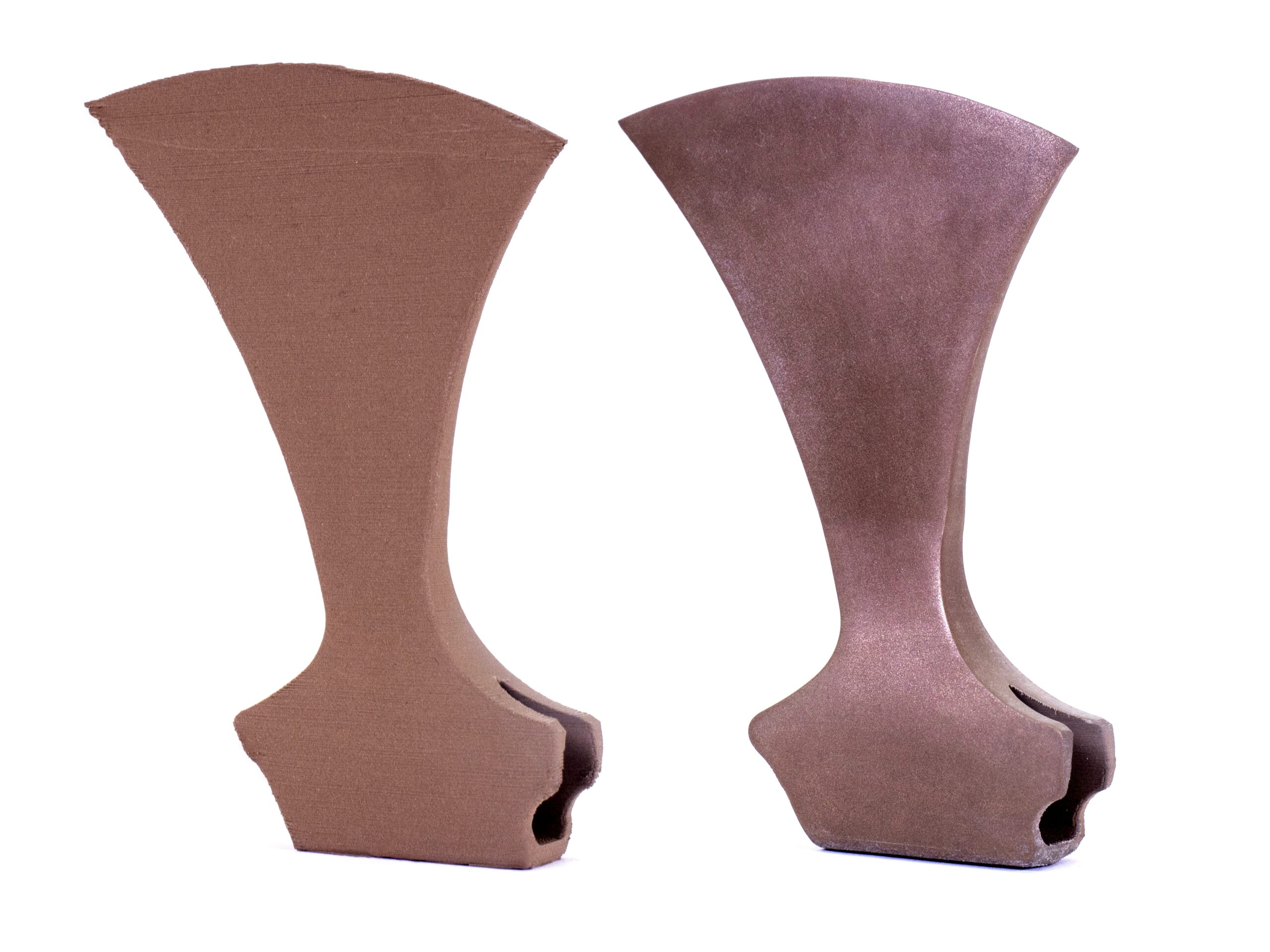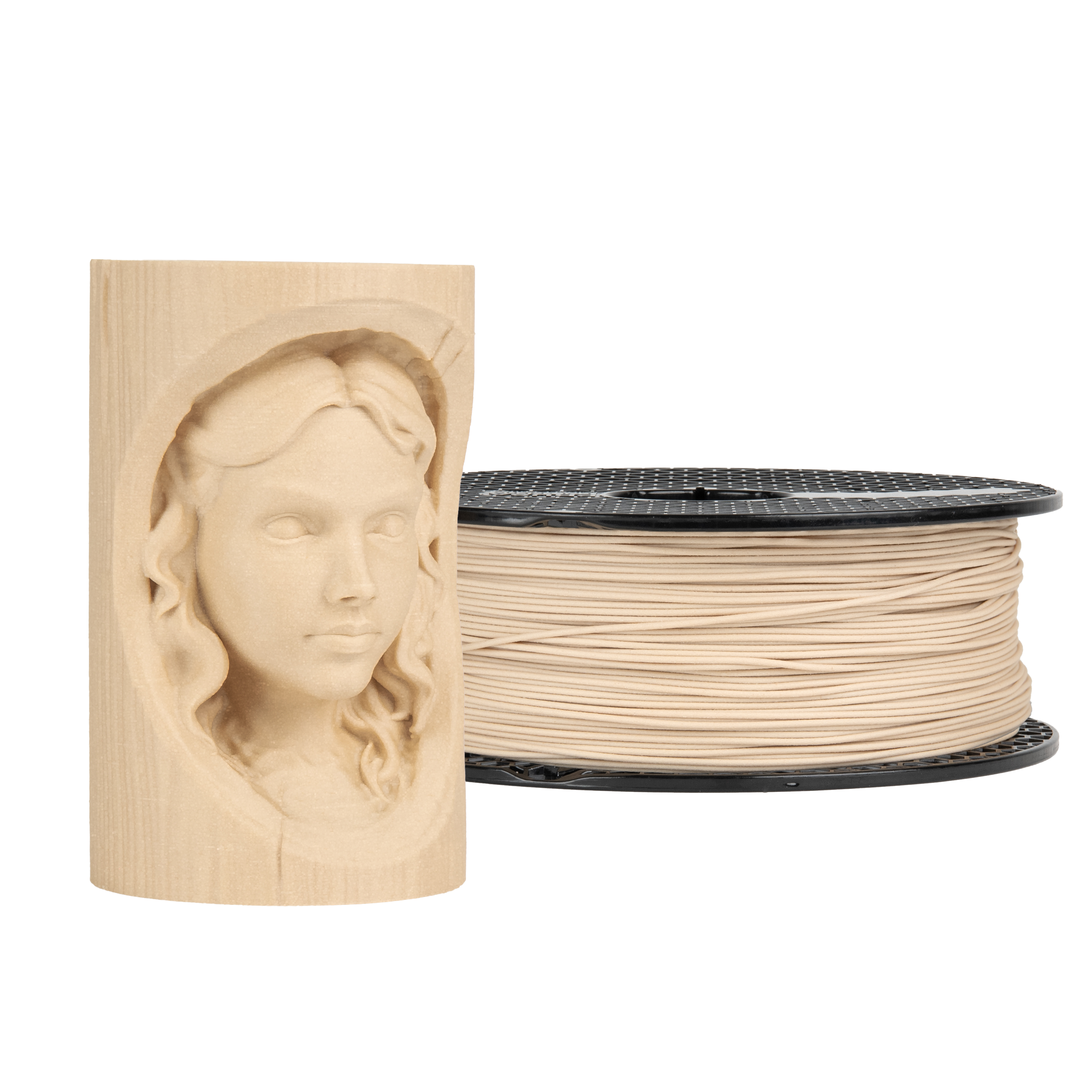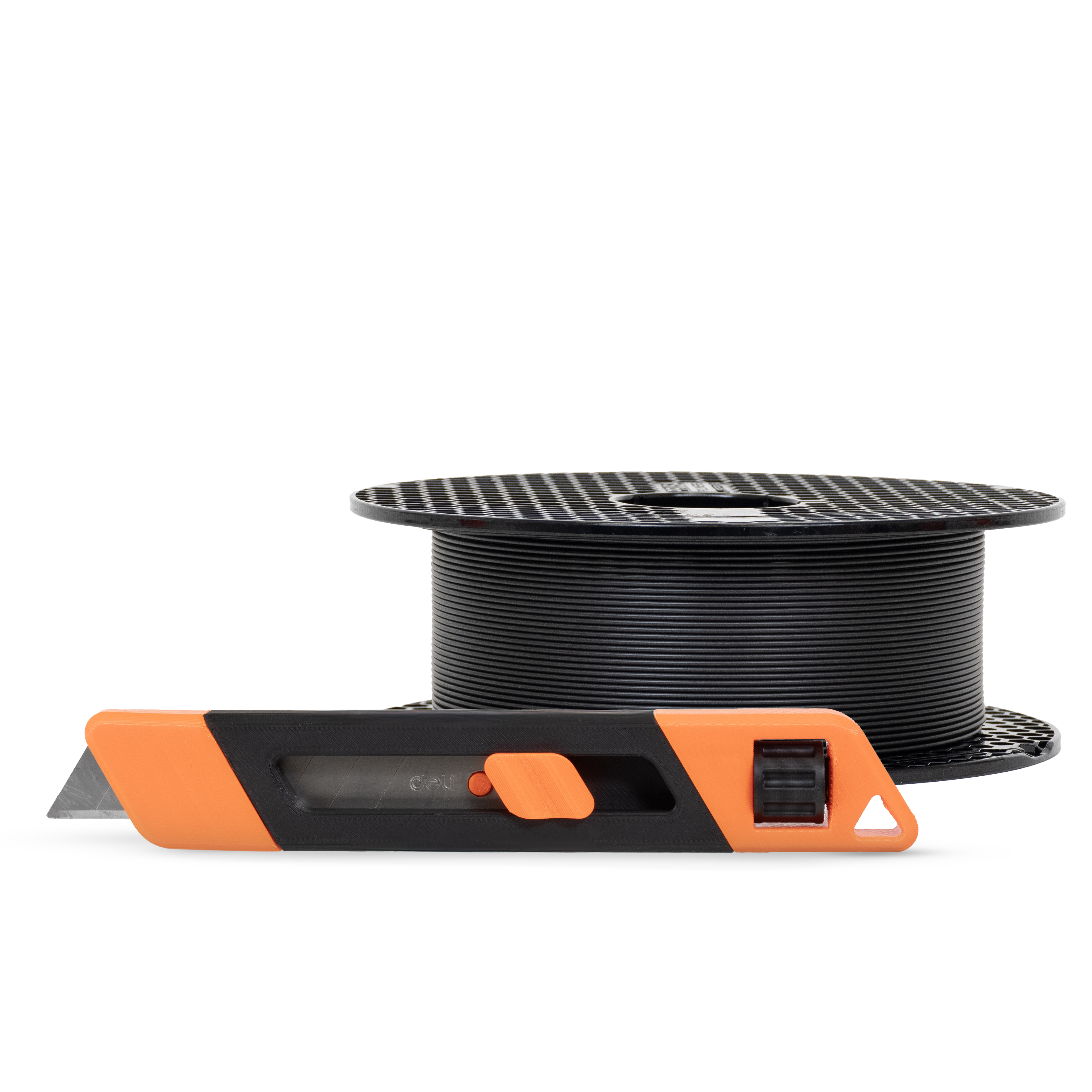
Basic info
Wood or metal powder-filled filaments are used mostly for aesthetic purposes, imitating the chosen material (wood or metal). However, you may find materials filled with various additives that give them special properties. For example, the Prusament PETG Tunsten 75% is filled with tungsten powder, which gives the filament radioactive shielding properties and extra weight. These filaments usually have worse mechanical resistance and layer adhesion than non-modified versions.
Due to the brittleness of these filaments, we do not recommend printing them with the MMU2S (or newer) upgrade.
Metal-filled filaments can be polished to reach an authentic metal look (but not mechanical properties). Polish metal-filled materials in a similar way you would do it with transparent parts: gently sand the surface with wet sanding papers with 600-1500 (or higher) grit, starting with the roughest and ending with the finest. Then, use polishing paste and a piece of cloth. Remember that powder-filled filaments have inferior mechanical properties and layer adhesion. If your print has some protrusions and surface details, they can break easily. The wood-filled filaments, on the other hand, can be stained as wood. This gives them a nice weathered look.
Sample prints
 |  |
| Polished copper-filled filament (axe) | Tungsten-filled PETG for shielding radioactivity |
 |  |
| Prusament Woodfill | PETG Magnetite - filament with paramagnetic properties |